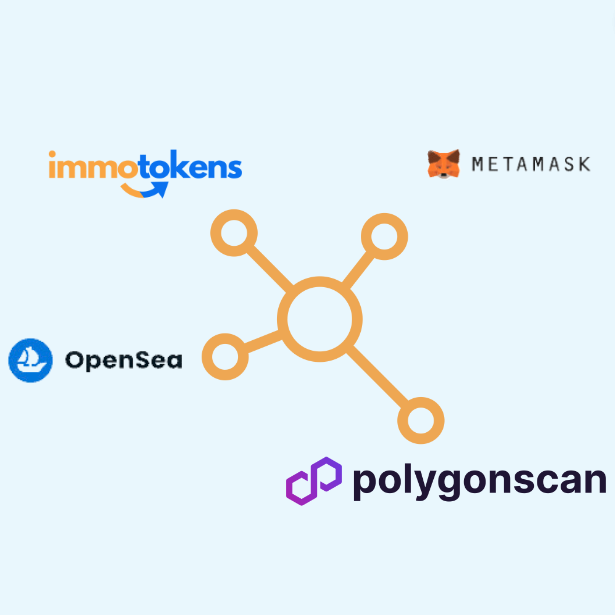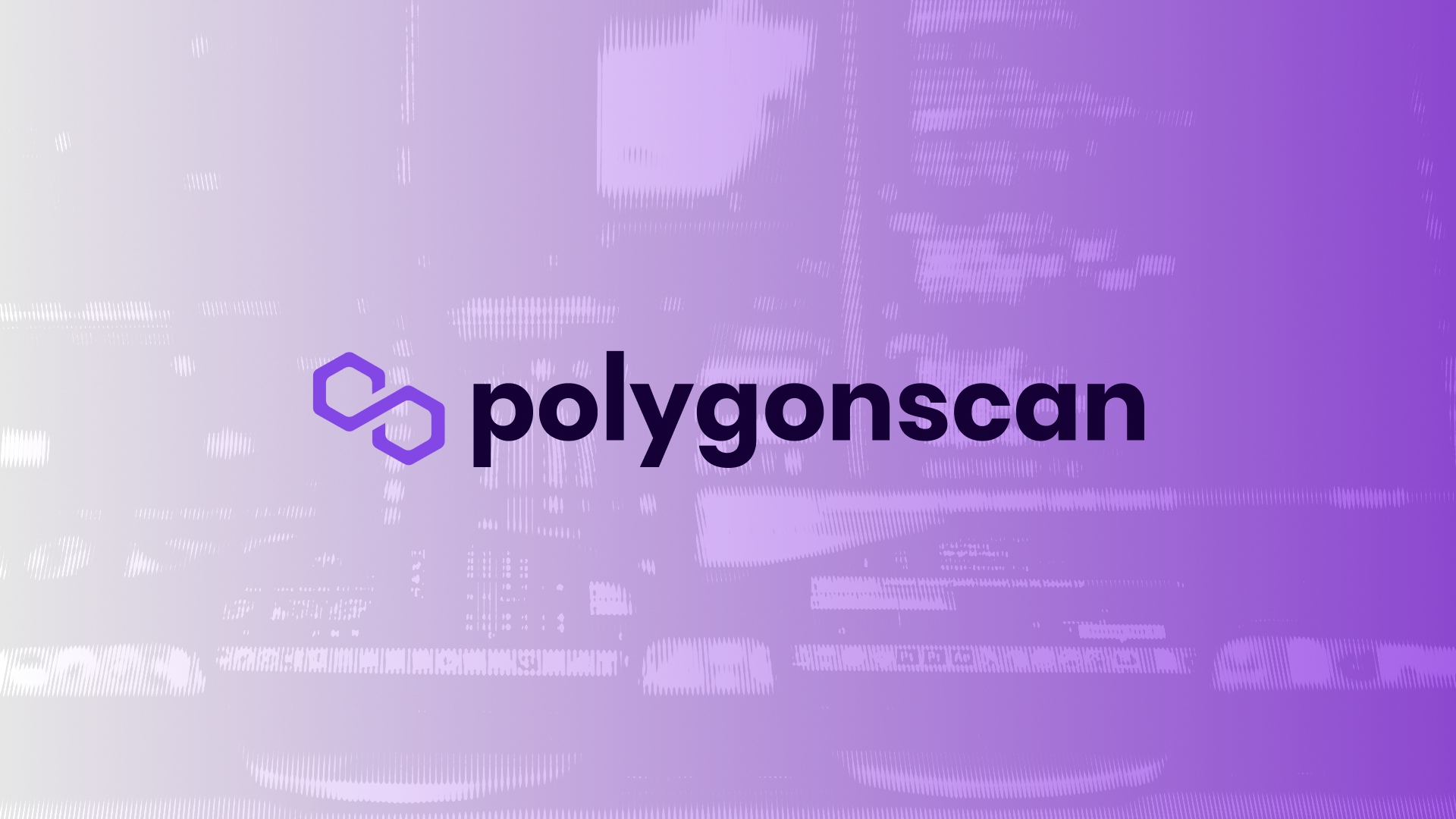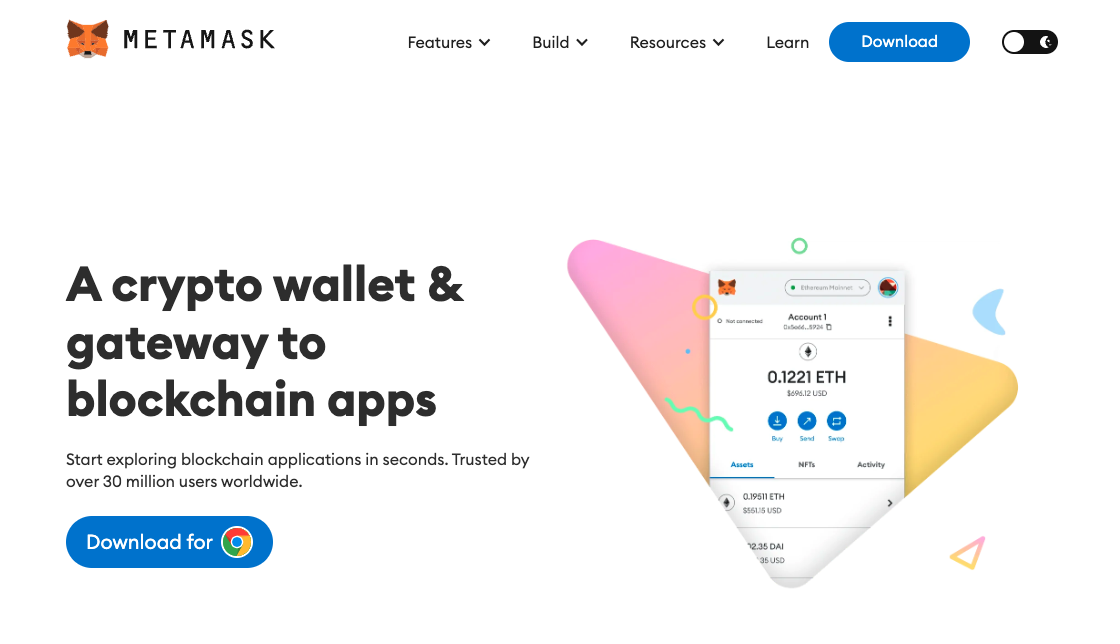The great potential of blockchain technology is something that many people quickly overlook. After all, many people associate blockchain technology exclusively with cryptocurrency. However, blockchain technology is an application that can be used for many more purposes, including tokens. Read more about it here difference between crypto and tokens. In this context, it is good to explain the difference between fungible and non-fungible tokens with practical examples, and we will certainly not just bring the various currencies to your attention.
What is a token?
In order to explain the difference between fungible and non-fungible tokens, let's start with the basics by explaining what a token is. A token can be seen as a proof that you have a specific value but in the broadest sense of the word. A token can be a coin that you have bought for a number of euros in order to get a beer at one of the bars at a festival, but also a hotel key card is a token. In this case, it is a proof of payment to the hotel to be allowed to use the room concerned. A driving licence can also be seen as a token. With it, the holder can prove that he or she has successfully completed the necessary training to be allowed to drive a motor vehicle. In addition to these examples, an intangible value such as a share of real estate, voting rights or shares can also be seen as a token. A token can therefore fulfil a desired role in a specific ecosystem. This automatically brings us to the difference between fungible and non-fungible tokens.
What are fungible tokens?
The term fungibility is used to qualify a value (such as that of a specific currency). For convenience, let's take currency in circulation as an example. A fungible token is one that is not unique and can be exchanged for an asset of the same type. The best-known example of a fungible token is, of course, our euro. A one-euro coin is not unique and can be exchanged for another one-euro coin. This other coin has the same value and looks the same. In this case, therefore, there is complete anonymity because the coins cannot be identified separately.
Another characteristic of fungible tokens is that they are divisible. A one euro coin can be divided into two coins of 50 eurocents. Of course this divisibility is also very practical in other applications, such as dividing the total value of a real estate project. In this way, the purchase of a real estate project can be done by several parties, making this investment a lot more accessible for several people. The value of a token is a representation of the percentage share in the total investment.
What are non fungible tokens?
From the above, you can already guess to a large extent what non fungible tokens (NFTs)). The literal translation of this term is "non-exchangeable token". This translation is significant. An NFT is a digital property right of a digital asset. In this case, we are talking about digital assets with unique characteristics. So you cannot exchange these assets one for one as you could do with the aforementioned one euro coin. NFTs are therefore not divisible and represent a unique value proposition.
Differences between fungible and non-fungible tokens:
- Interchangeability. Fungible tokens are easily interchangeable because their characteristics are the same. Non fungible tokens are not interchangeable as they are assets with unique characteristics.
- Value transfer. The value transfer of fungible tokens depends on the number of tokens agreed. The value transfer of non-fungible tokens does not depend on the quantity of tokens but on the value of the unique asset represented by the NFT.
- Divisibility. Fungible tokens can be divided into smaller parts and thus contribute to a larger investment. This is not possible with non fungible tokens. NFTs are not divisible and have a value as a whole.
Examples of NFTs
There are many examples of NFTs. This application can be used to digitise art, among other things. In addition, many NFTs are traded in the online game industry. Even the very first SMS (sent on 3 December 1992) has become a non fungible token. This SMS (with the text 'Merry Christmas') was recently auctioned as an NFT for an enormously high amount (107,000 euros). More and more digital objects are being sold as NFTs. The first Wikipedia page and the first emoticon have also changed hands in this digital manner. Read more about it here concrete tokenisation projects in Belgium.
Is an Immotoken a fungible or a non fungible token?
The above probably raises the question of whether an Immotoken is a fungible or non-fungible token. Actually, Immotokens hover a bit in between. You can say that an immotoken is a non fungible token because it represents the value of a unique property. An immotoken represents your share in a unique piece of real estate of which no 2 exist. On the other hand, your immotoken is worth the same as the other immotokens of that same property. Based on this characteristic, you can say that an immotoken is a fungible token. Whatever title you give to this offer, the option is definitely worth considering.
Do you have any questions about our offer and/or are you interested in discussing the possibilities with us, without any obligation on your part? Then feel free to contact us.



